Reviewed by Corey Noles
If you're holding onto an older iPhone, here's some news that might finally push you toward an upgrade: Zoom is dropping support for iOS 13 and iOS 14 soon. Sound familiar? It should—this is part of a broader industry shift that's leaving older devices behind at an accelerating pace.
What you need to know:
Zoom has already ended support for iOS 11 and 12 as of early 2024, requiring users to upgrade to iOS 13 or higher
The pattern is clear: Major apps are systematically dropping support for older iOS versions to leverage modern features
You're not alone: Banking apps still support iOS 13+ because roughly 8% of users remain on these older versions
This isn't just about Zoom—it's about a fundamental shift in how app developers balance supporting legacy users versus embracing newer capabilities. Let's break down what's happening and what it means for your daily workflow.
Why apps are abandoning older iOS versions faster than ever
The math behind app support decisions has changed dramatically. TelemetryDeck recommends dropping iOS versions when less than 10% of users are on them, but many developers are moving faster than that guideline suggests.
Here's the thing: it's not just about user percentages anymore. When developers maintain support for iOS 13 and 14, they're stuck writing conditional code with "if available" checks scattered throughout their apps. That increases maintenance burden and decreases productivity—a trade-off fewer companies are willing to make.
The capabilities gap between iOS versions is widening rapidly. WhatsApp stopped supporting iOS versions earlier than 15.1 as of May 2025, but what makes this shift critical is the specific iOS features that newer versions enable: enhanced security frameworks, improved background processing, and modern UI components that simply don't exist on older systems.
Even Apple's own enforcement is accelerating this trend. Starting April 24, 2025, all apps submitted to the App Store must use Xcode 16 and the iOS 18 SDK, making it harder for developers to maintain backward compatibility while accessing critical security patches.
The domino effect hitting your favorite apps
Zoom's move isn't happening in isolation—it's part of a coordinated industry shift. Discourse updated their minimum iOS requirement from 15.7 to 16.7 as of May 2025, and their explanation reveals the broader trend: they specifically need modern browser features like relative color syntax and subgrid for improved user experiences.
These features aren't just nice-to-haves—they represent the evolution of web and app design toward more sophisticated interfaces. When Discourse mentions requiring lookbehind regex support, they're talking about enabling search functionality that can understand context in ways older browsers simply cannot process.
The pattern is predictable: communication and productivity apps are leading the charge because they depend on real-time technologies and modern security frameworks. A banking app developer noted they still support iOS 13+ specifically because "suddenly desupporting users would not be good for the income or the inbox"—but even financial institutions are evaluating their legacy support as compliance requirements increasingly favor modern security standards.
PRO TIP: Check your most-used apps now to see their minimum iOS requirements. You'll likely find several that have quietly bumped their requirements in recent updates.
What happens to your device if you can't upgrade
Here's where things get interesting: you won't immediately lose access to Zoom or other apps when they drop iOS 13/14 support. Apps don't stop working like websites do—you just stop getting updates.
But that "just" carries serious implications. Real users are already experiencing this—iPhone 6 Plus users found that Zoom 5.17.11 stopped allowing meeting joins without an app upgrade, but newer Zoom versions won't install on iOS 12.
The security angle is equally concerning. iOS 18.4 fixed critical vulnerabilities including kernel-level passcode bypasses and WebKit cross-site scripting issues. Apps using older SDKs remain vulnerable to these exploits even after fixes are available.
Your older device becomes progressively less functional as more apps require features your iOS version simply can't provide. The progression is predictable: first you lose new features, then app updates, then eventually core functionality as servers stop supporting legacy API calls.
Time to upgrade, or time to adapt?
If you're running iOS 13 or 14, the writing is on the wall. Apple's minimum support periods show iPhone XR and XS Max models only supported until 2025, while iPhone 11 series gets extended support until 2026—but app developers aren't waiting for Apple's official end-of-life dates.
The upgrade path depends on your specific device. If you're on an iPhone XR, XS, or XS Max, these models won't be compatible with iOS 26 anyway, making them natural candidates for replacement. iPhone 11 users have more breathing room, but the app compatibility squeeze is tightening faster than Apple's hardware lifecycle suggests.
For those committed to keeping older devices, the strategy is managing degradation rather than preventing it. Apple does allow users to install older app versions that still support their iOS version through App Store Connect—but this only works when developers specifically enable that option, and fewer are choosing to maintain these legacy versions.
PRO TIP: If you must keep an older device, consider it for specific, limited use cases rather than as your primary communication hub. The app ecosystem is moving too fast for legacy devices to remain fully functional.
The real cost of staying behind
The Zoom announcement isn't just about one app—it's a signal that the era of extended iOS backward compatibility is ending. Major productivity apps are prioritizing modern features over legacy support, and the gap between current and older iOS versions is widening faster than ever.
Your iPhone may physically work fine, but its digital utility has an expiration date that's approaching more quickly than Apple's official support timeline suggests. The choice isn't whether to upgrade eventually—it's whether to upgrade on your schedule or wait until essential apps force the decision for you.
Bottom line: If Zoom is critical to your workflow, start planning that upgrade now. The app compatibility cliff is steeper than it appears, and more of your essential apps will follow Zoom's lead sooner than you think.




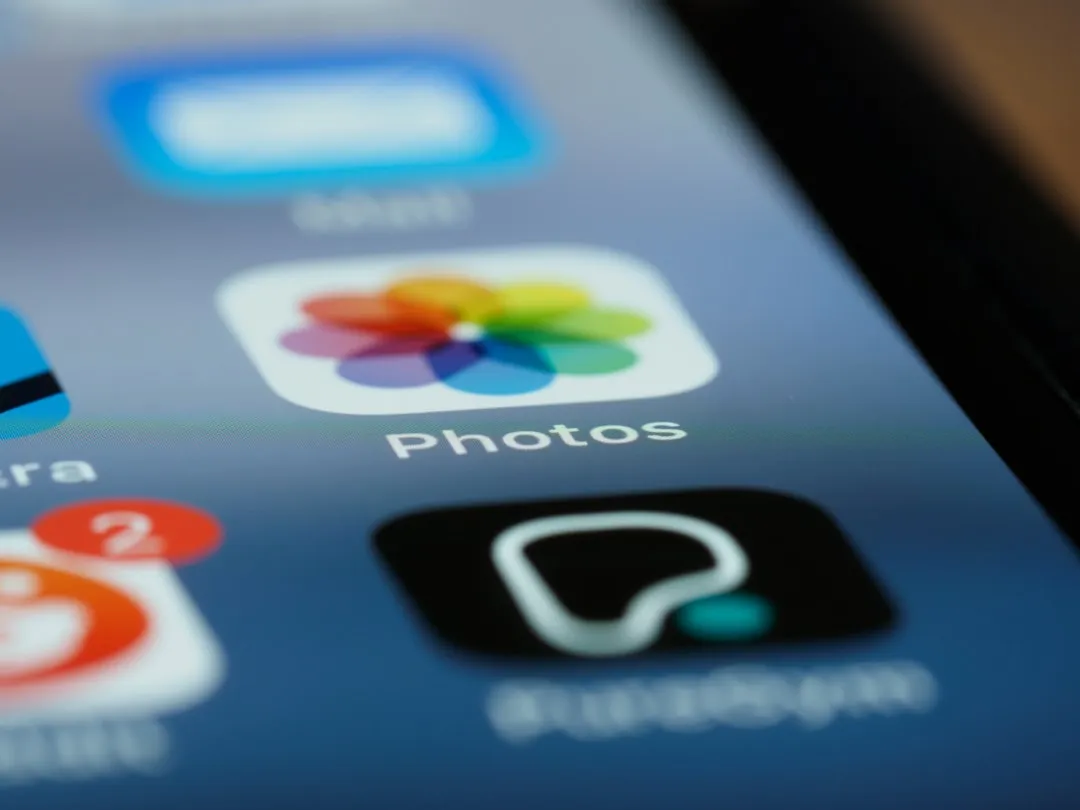
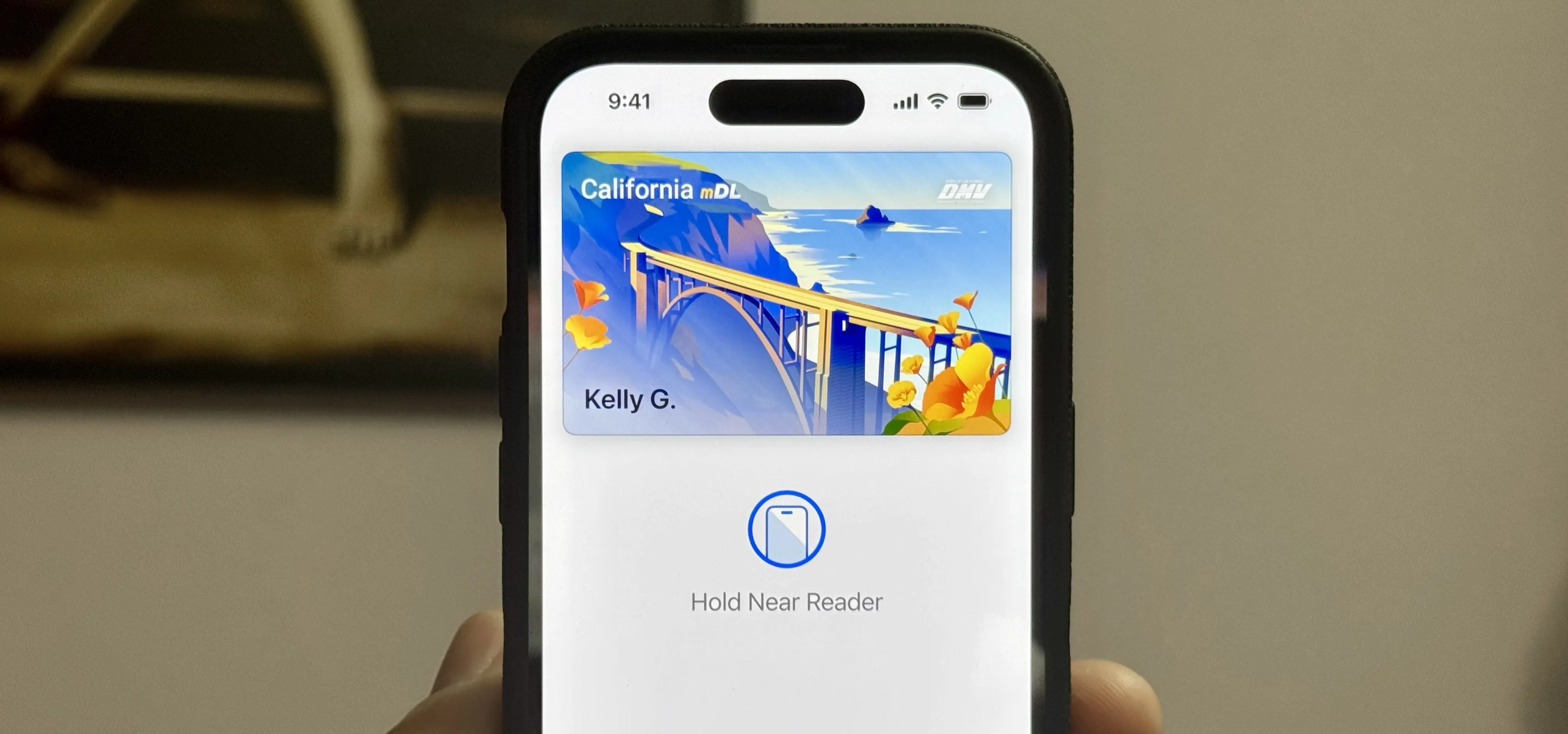
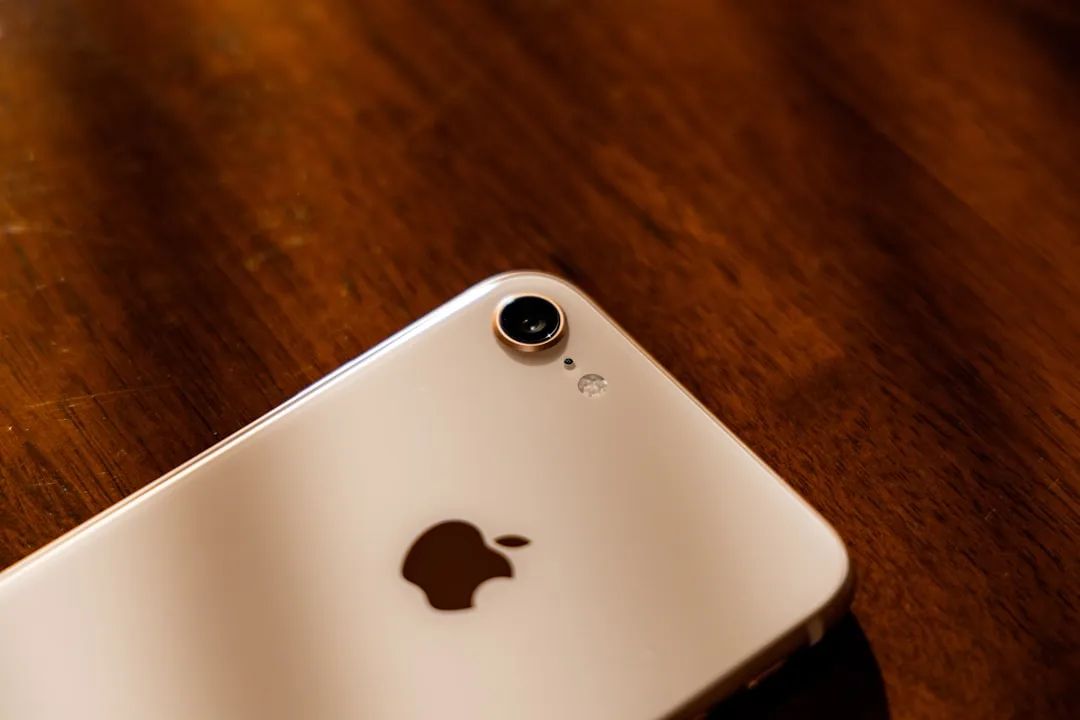
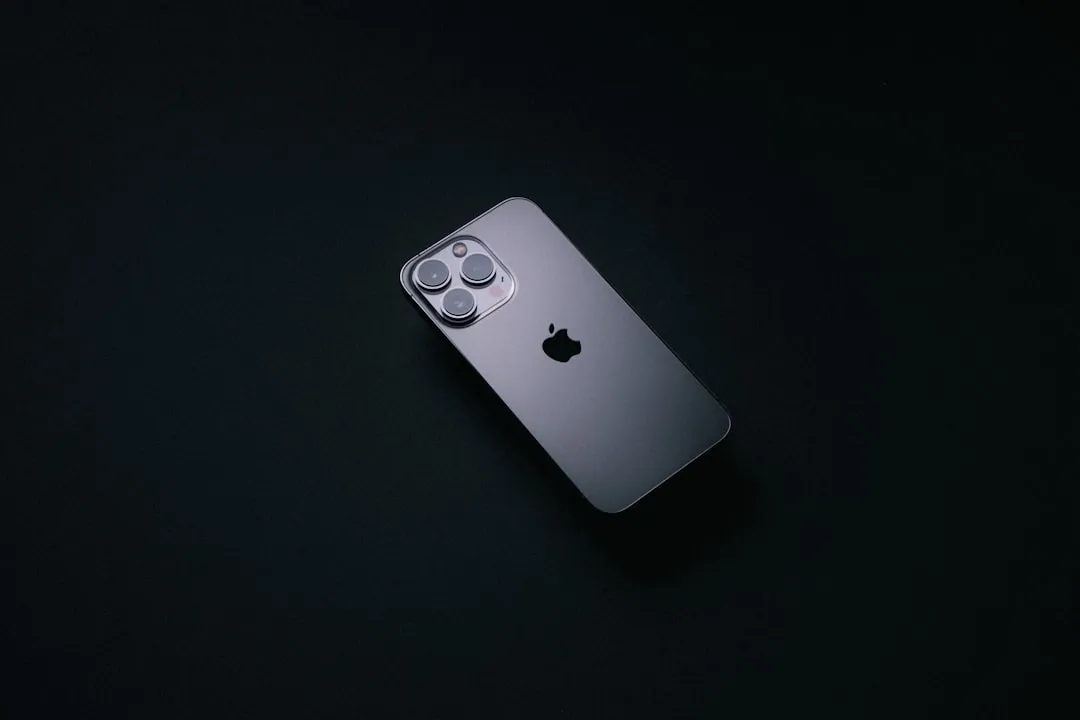
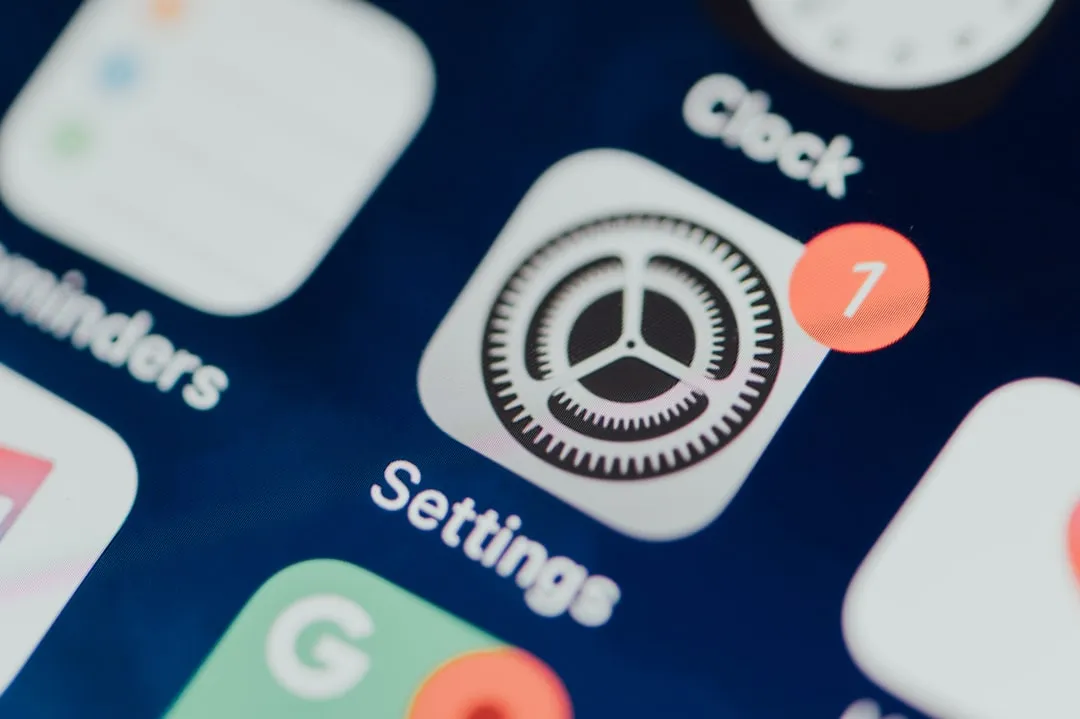
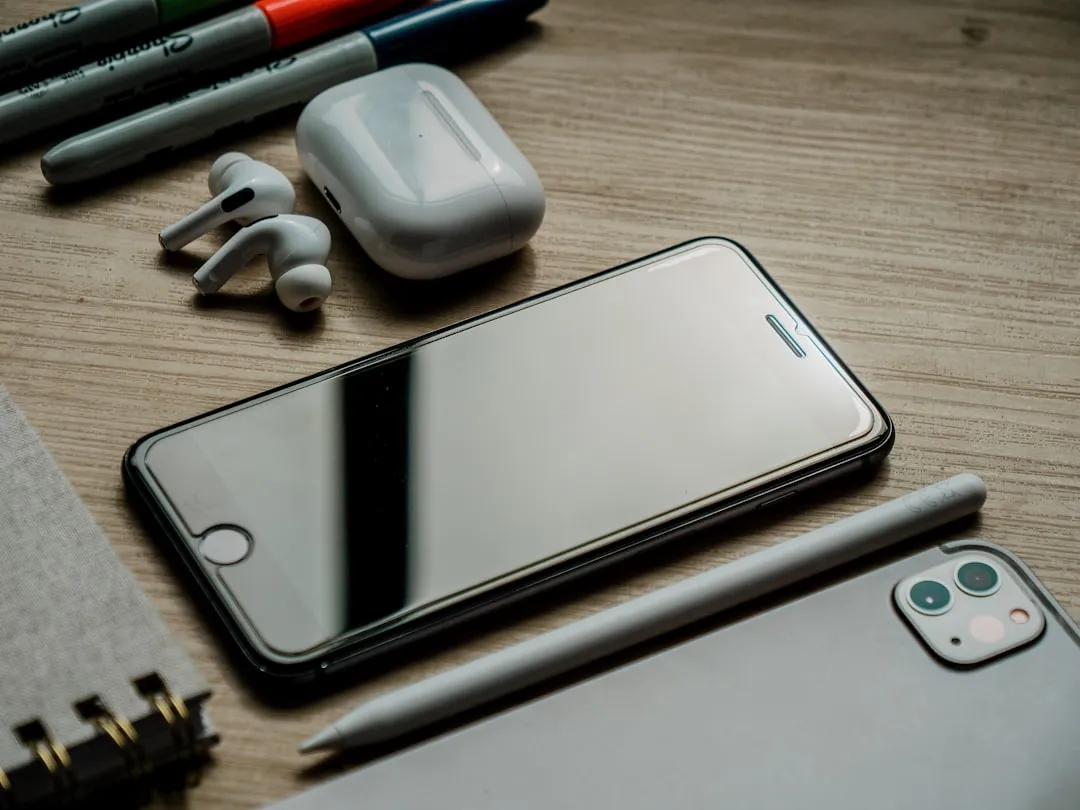

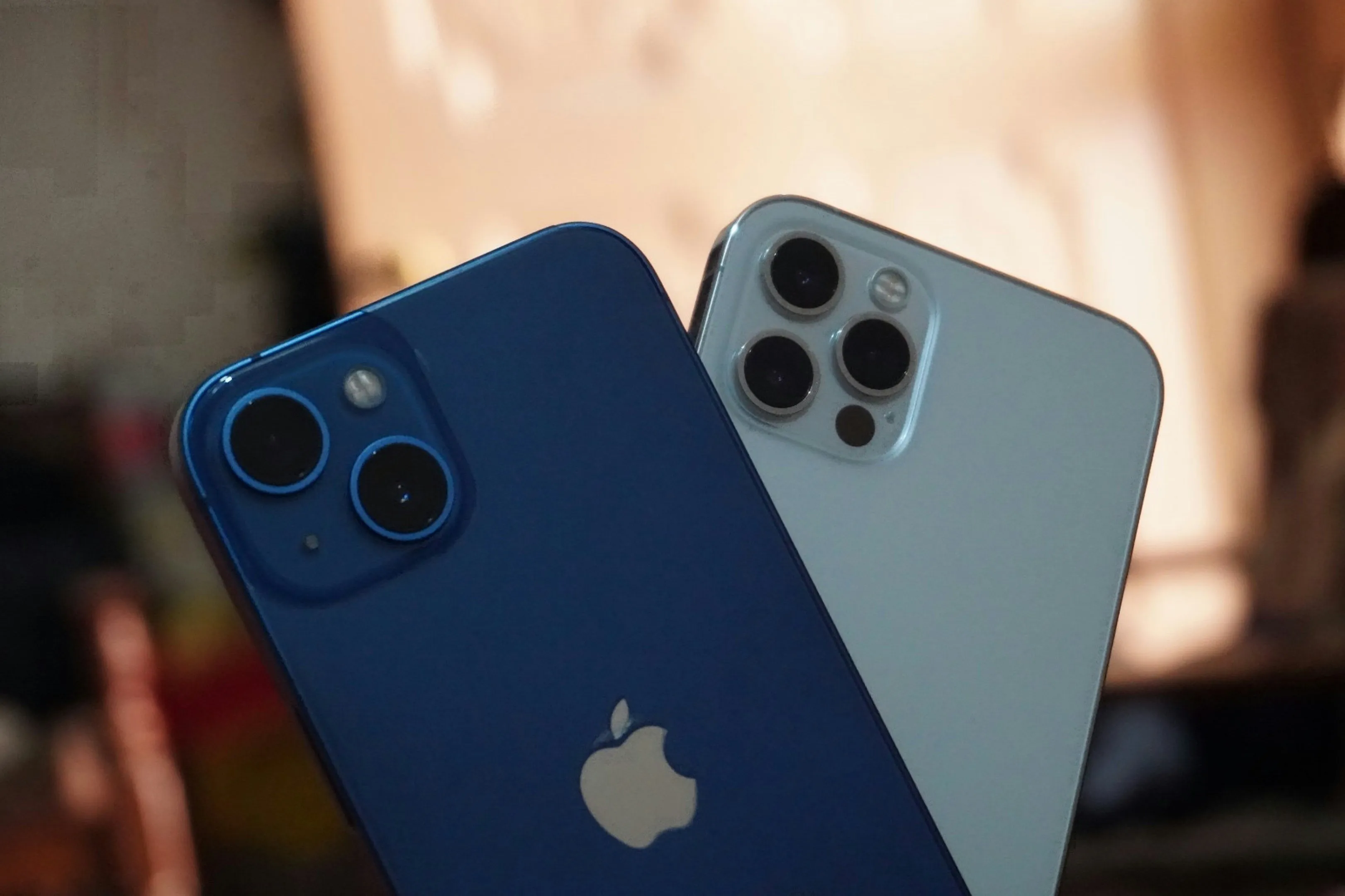

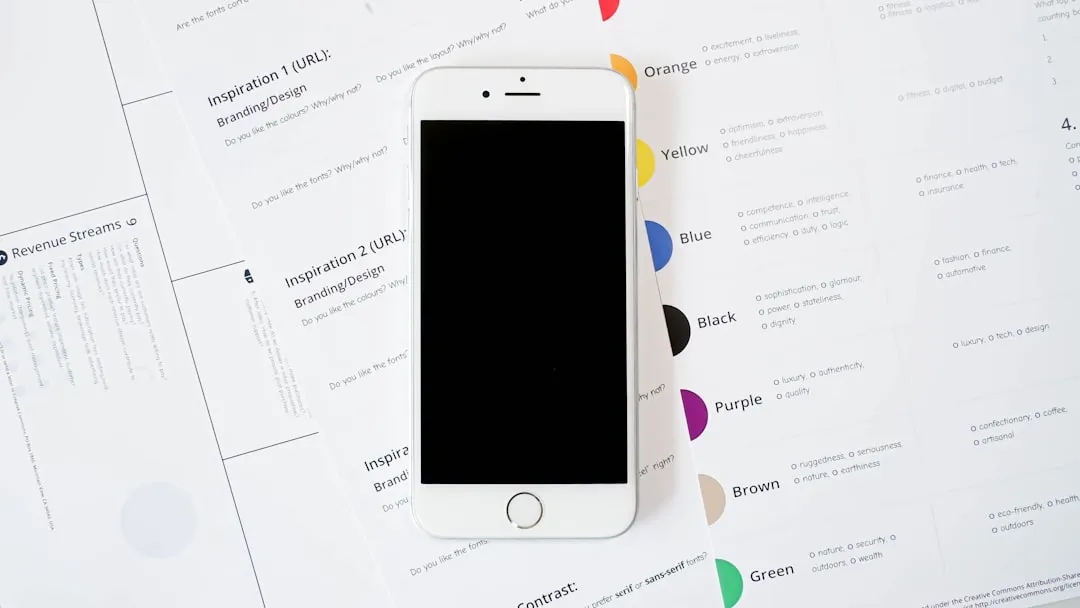
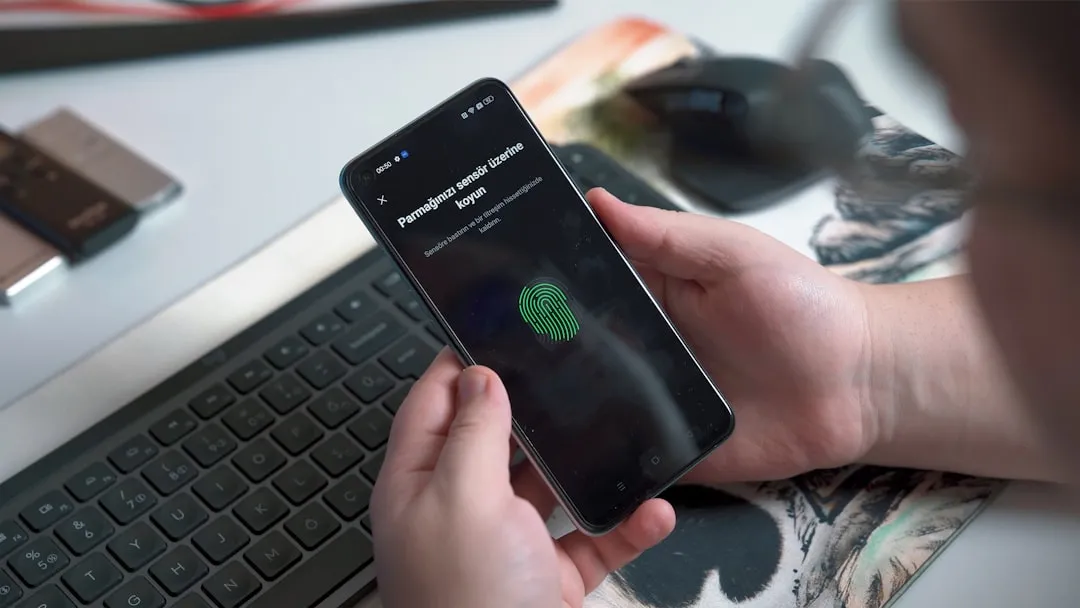
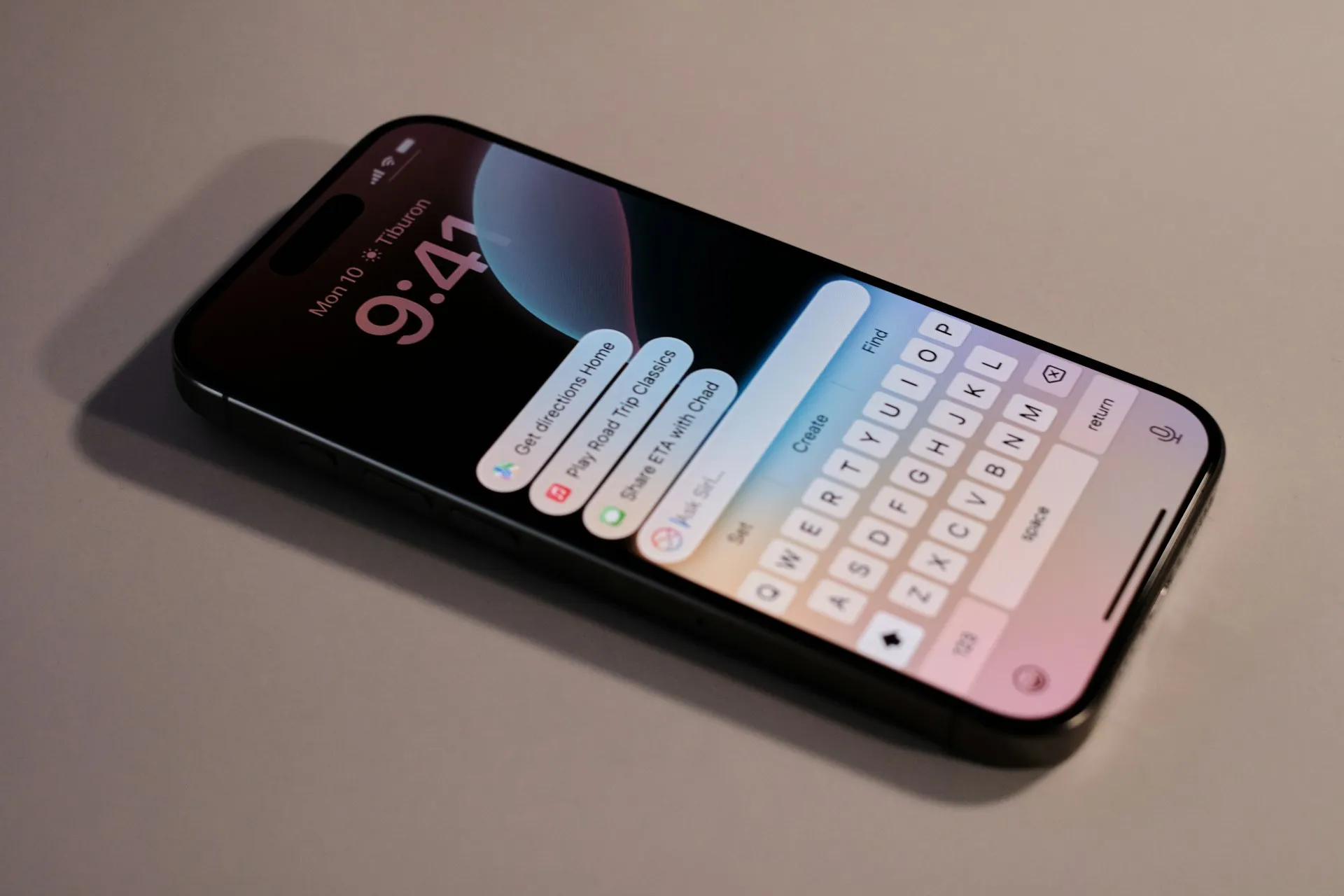

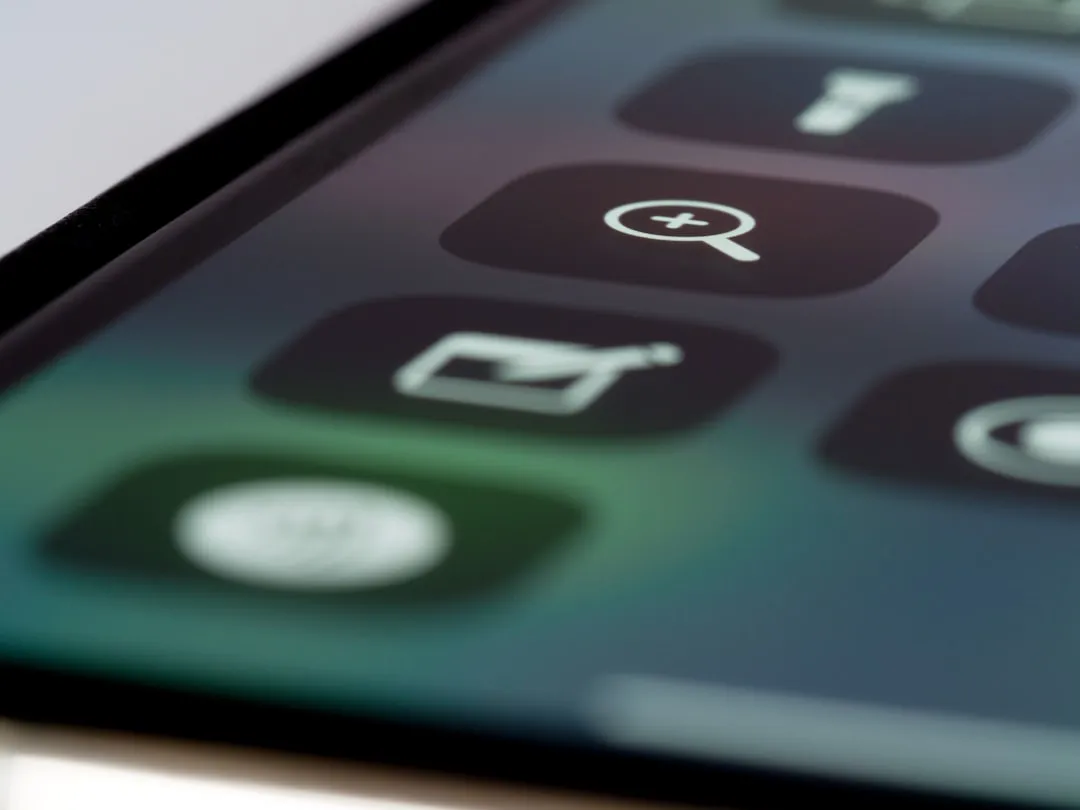
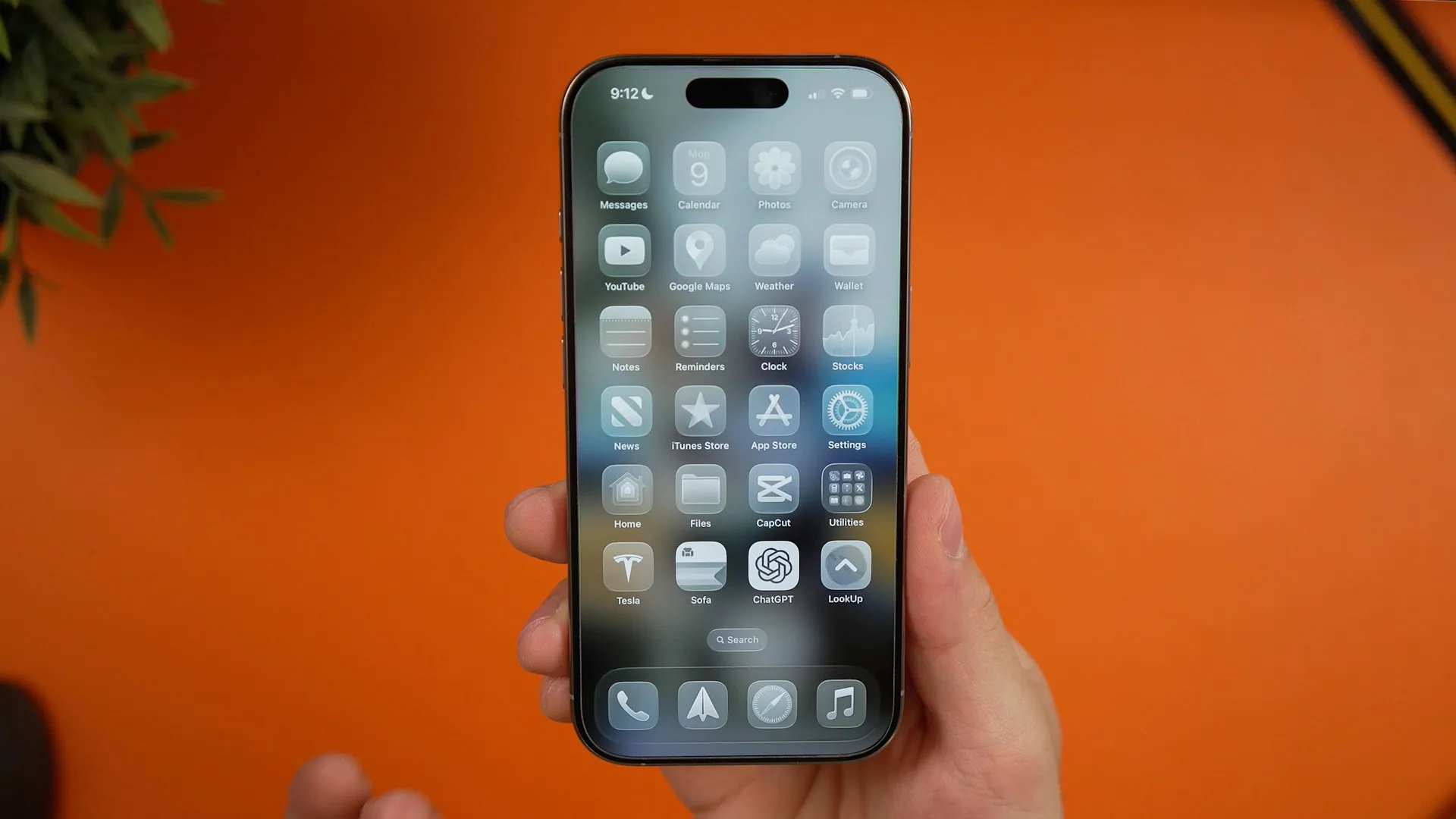
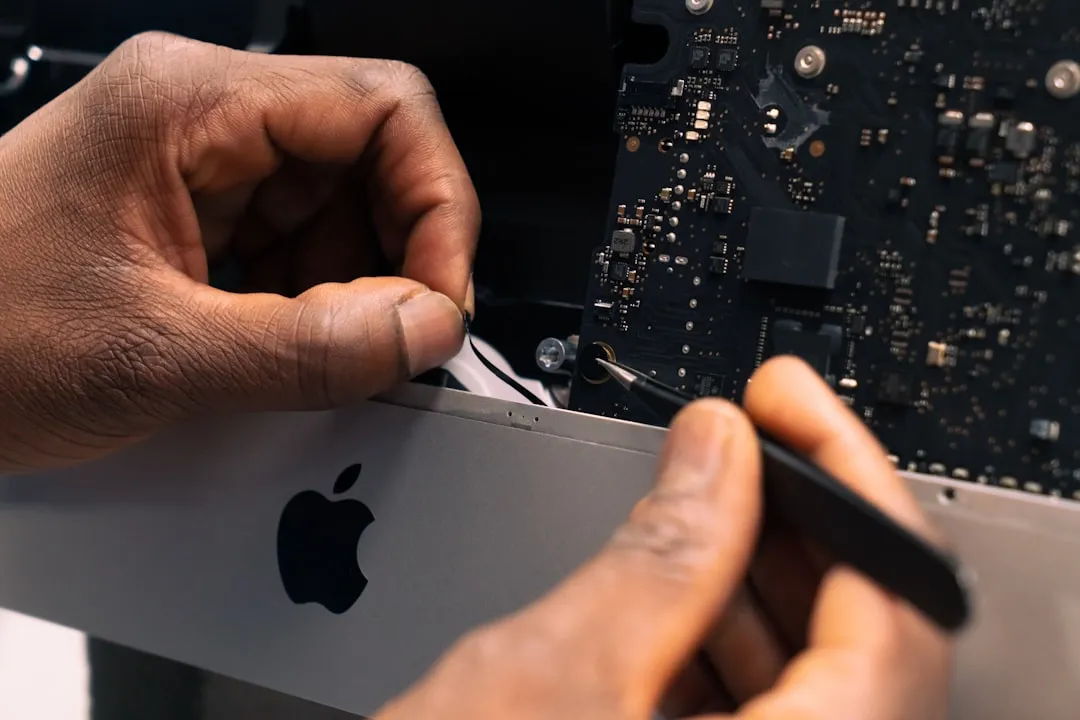
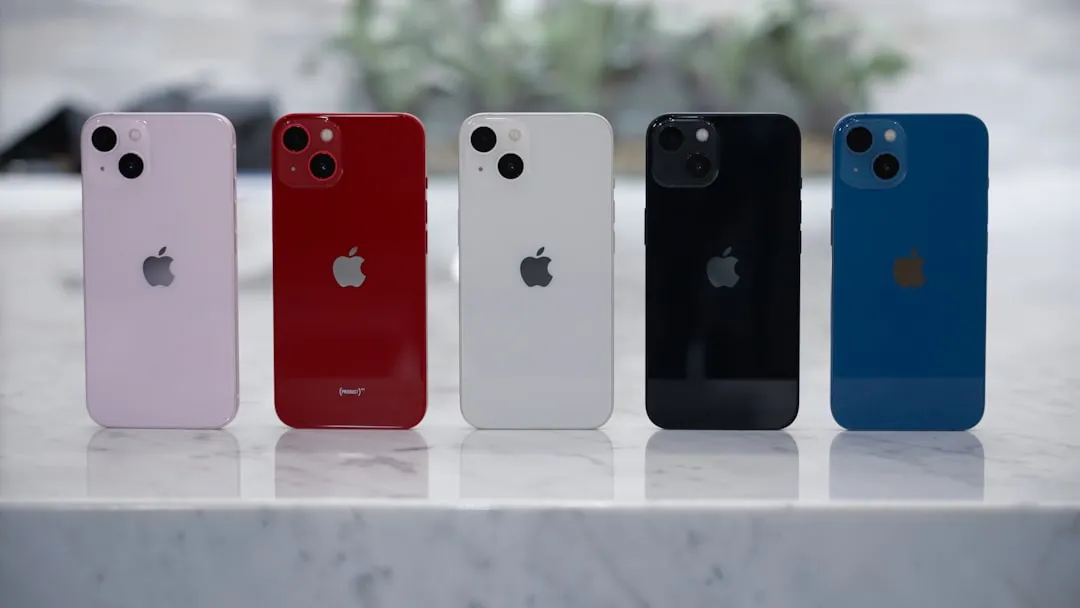
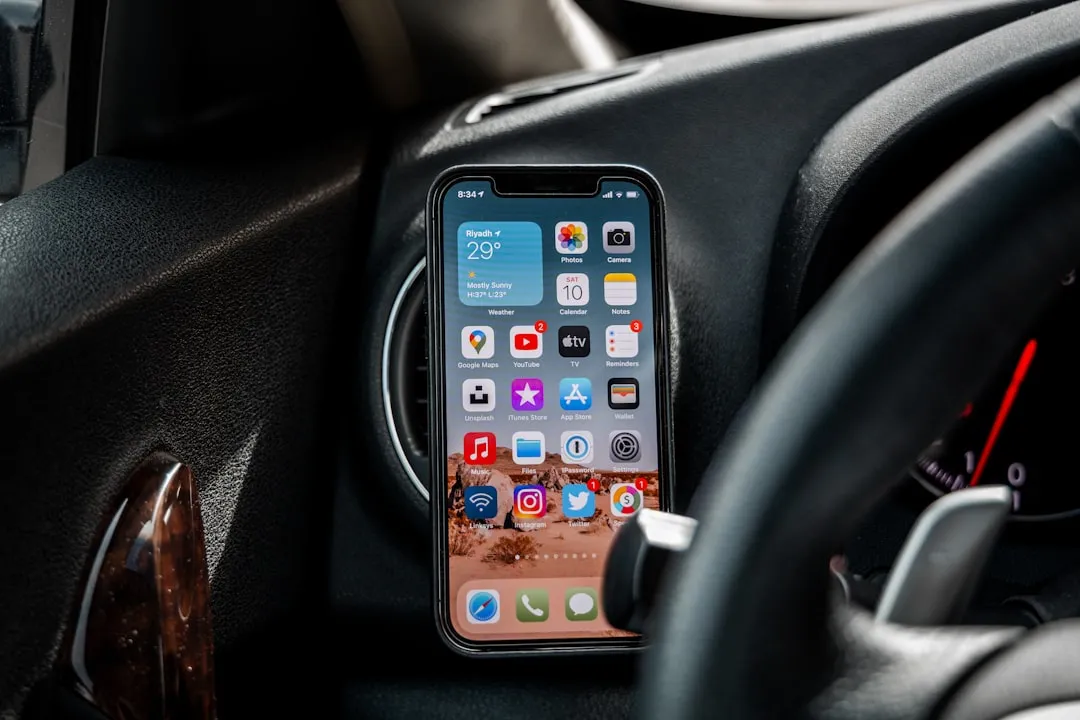


Comments
Be the first, drop a comment!